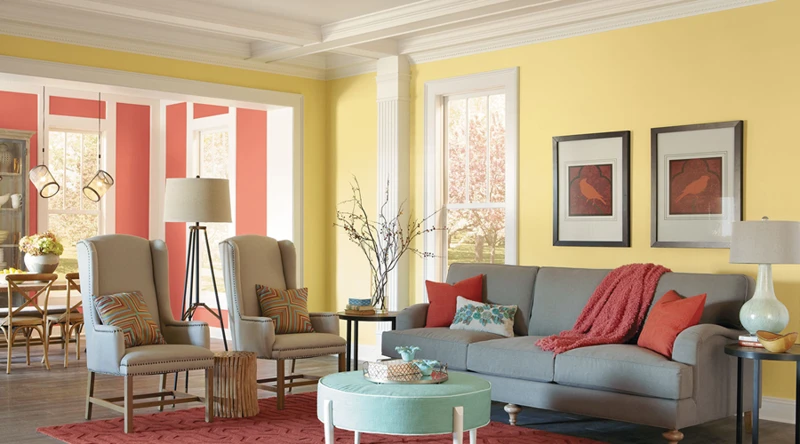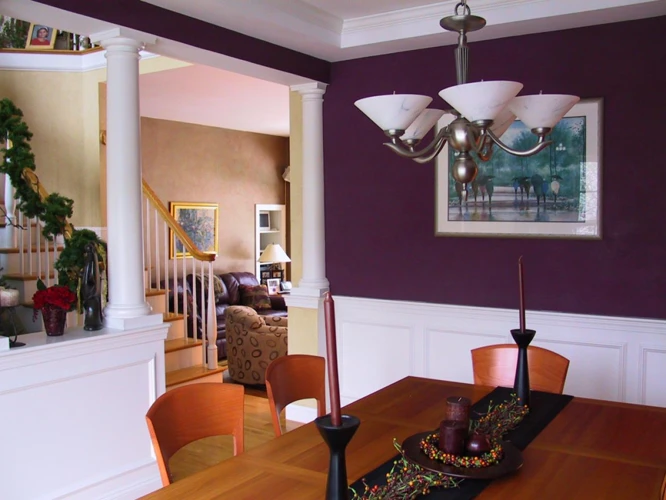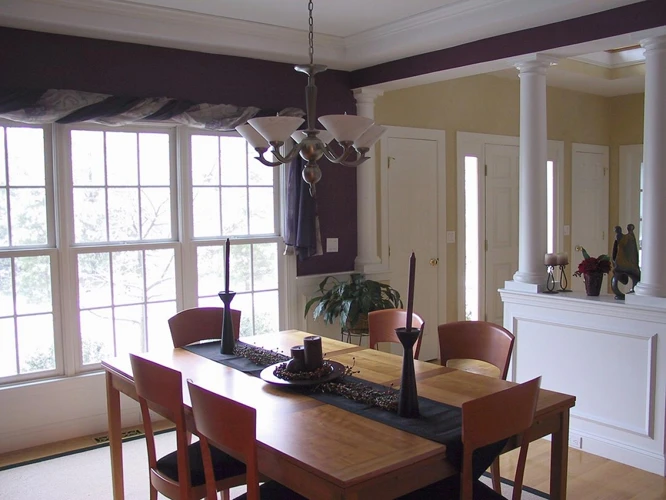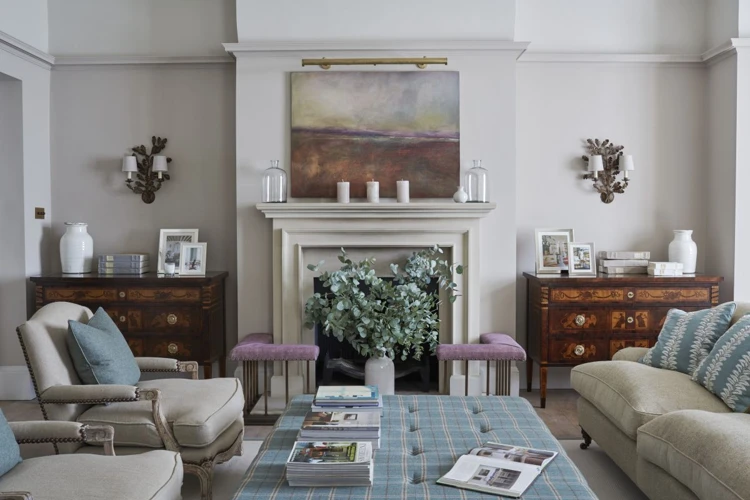Creating a seamless visual flow from one room to another is an art that enhances the overall aesthetic of a home. Room coordination is about finding the right balance, where each space complements the next without appearing monotonous. By thoughtfully considering color palettes, furniture placement, and decorative elements, homeowners can achieve a cohesive look that carries through their entire living space. This deliberate process not only creates visual appeal but also establishes a sense of harmony and continuity that can make a home feel more inviting.
How to Coordinate Colors in a Room
When considering how to coordinate colors in a room, it’s vital to approach the decision with a strategic mindset. Color has the power to evoke emotions, set the mood, and define the character of a space. Starting with this foundational aspect, you can create a cohesive design that will flow effortlessly into adjacent areas.
Choosing a Color Scheme
Selecting the right color scheme is the first step toward a harmonious home. Start with a base color that reflects the desired ambiance of the room. From there, consider using a classic color wheel to find complementary or analogous shades that will enhance the primary hue. Deciding on whether you want a warm, cool, or neutral tone will guide the selection process, making it easier to create a balanced palette.
Creating a Harmonious Palette
- Consider the room’s natural light when selecting shades, as it can dramatically affect how colors appear.
- Incorporate a variety of tones, from light to dark, to add depth and interest.
- Use the 60-30-10 rule, where 60% is the dominant color, 30% is the secondary color, and 10% is the accent color, to ensure balance.
Tips for a Cohesive Color Flow
For a cohesive color flow, transition your primary color into the next room either by using it as an accent or a lighter/darker shade. This technique maintains a connection while allowing each room to have its unique character. Also, consider visual sightlines; if you can see into another room, ensure the colors complement each other.
How to Coordinate Rugs in Adjacent Rooms
Rugs are more than just floor coverings; they’re a unifying element that can tie rooms together. When you understand how to coordinate rugs in adjacent rooms, you create a visual pathway that guides the eye seamlessly from one space to the next.
Defining Spaces with Rugs
Utilize rugs to define areas within an open space or to delineate the transition between rooms. Rugs can anchor furniture groupings and set the tone for the decor, so choose designs that match the function and style of each room while maintaining a common thread.
Coordinating Rugs for a Unified Look
For a unified look, select rugs with similar colors or complementary patterns. This doesn’t mean they have to be identical; rather, they should share a common color or theme that echoes throughout your home. Consistent rug styles can also help maintain a cohesive aesthetic, whether you opt for traditional, modern, or eclectic.
Embracing Texture and Layering
Texture plays a crucial role in rug coordination. Mixing textures can add depth and interest to your floors. Consider layering rugs for a sophisticated look, using a neutral base with a patterned overlay to create visual harmony while adding a touch of elegance.
Color and Pattern Harmony
Achieving harmony between color and pattern is essential for a well-coordinated home. This delicate balance ensures that the design elements in adjacent rooms complement rather than compete with one another.
Matching Colors Across Rooms
Matching colors across rooms does not require identical shades in every space. Instead, it’s about creating a thread of commonality. Carry a specific hue from one room’s palette into accents of the next room, like throw pillows or artwork, to maintain visual consistency.
Harmonizing Patterns for Visual Interest
While coordinating patterns across different rooms, aim for a blend of scales and styles that work well together. A large floral print in one room can be balanced by a smaller geometric pattern in another, as long as the color palette stays aligned. This approach adds layers of visual interest without overwhelming the senses.
Incorporating Neutrals for Timeless Elegance
Neutrals are the cornerstone of timeless design. They provide a backdrop that allows colors and patterns to shine without overpowering a space. Incorporating shades of white, beige, and grey can create a serene and elegant atmosphere that transcends trends, ensuring your home remains stylish for years to come.
Practical Tips for Room Coordination
Attention to detail is what elevates good design to great design. Practical tips for room coordination can be the difference between a disjointed home and one that flows with effortless grace.
Maintaining Balance with Accent Colors
Use accent colors sparingly to maintain balance throughout your home. These pops of color can draw the eye and connect rooms without overwhelming the primary color scheme. Strategically placed accents in artwork, cushions, or decor items can tie spaces together beautifully.
Considerations for Open Floor Plans
Open floor plans require special consideration to ensure each area is distinct while still being part of the whole. Use consistent flooring to unify the space, and then differentiate each area with strategic furniture placement and area rugs. Maintain a consistent style and color palette to ensure the open space feels cohesive.
When it comes to home decor, the coordination of colors between adjacent rooms can create a harmonious and visually appealing living space, even when dealing with small rooms. For those looking to enhance their small spaces, exploring different color combinations for small rooms can offer innovative ideas to make each room feel distinct yet cohesive. Additionally, the technique of color blocking in small rooms can add depth and character to your space, making it appear larger and more dynamic. Before you embark on your color adventure, be sure to check out our tips for preparing walls for color blocking to ensure a smooth and successful application. With the right color strategies, even the coziest of spaces can make a big impact.
Conclusion: The Art of Cohesive Design
Mastering the art of cohesive design is about balancing individuality with unity. As you explore how to coordinate colors in a room or how to coordinate rugs in adjacent rooms, remember that subtlety is key. A well-coordinated home doesn’t shout for attention; rather, it whispers of thoughtful consideration and refined taste. Through careful planning and an eye for detail, you can create a home that is both harmonious and expressive of your personal style.




